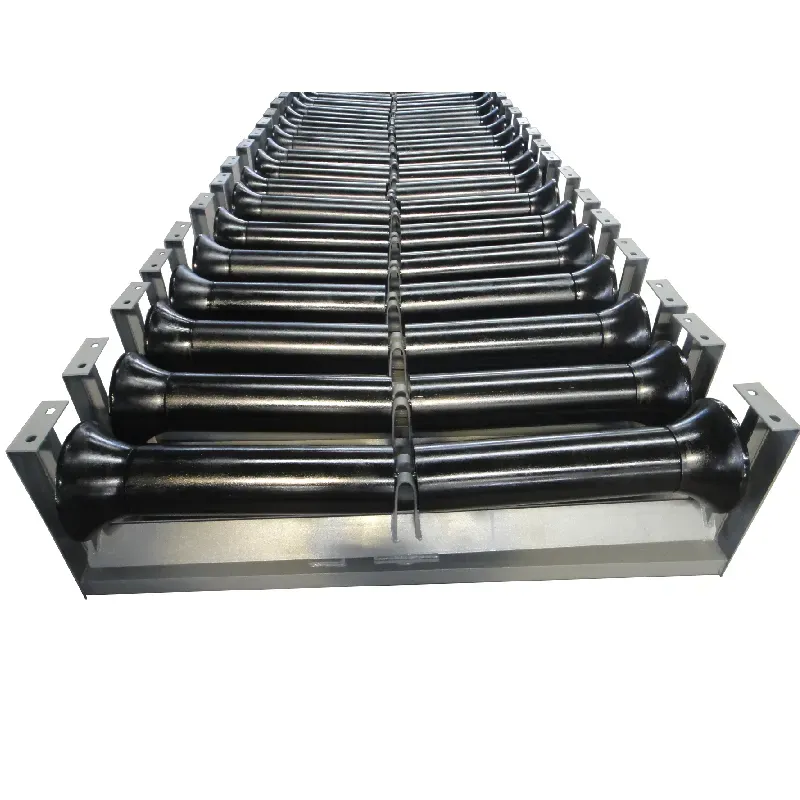 Afrikaans
Afrikaans  Albanian
Albanian  Amharic
Amharic  Arabic
Arabic  Armenian
Armenian  Azerbaijani
Azerbaijani  Basque
Basque  Belarusian
Belarusian  Bengali
Bengali  Bosnian
Bosnian  Bulgarian
Bulgarian  Catalan
Catalan  Cebuano
Cebuano  Corsican
Corsican  Croatian
Croatian  Czech
Czech  Danish
Danish  Dutch
Dutch  English
English  Esperanto
Esperanto  Estonian
Estonian  Finnish
Finnish  French
French  Frisian
Frisian  Galician
Galician  Georgian
Georgian  German
German  Greek
Greek  Gujarati
Gujarati  Haitian Creole
Haitian Creole  hausa
hausa  hawaiian
hawaiian  Hebrew
Hebrew  Hindi
Hindi  Miao
Miao  Hungarian
Hungarian  Icelandic
Icelandic  igbo
igbo  Indonesian
Indonesian  irish
irish  Italian
Italian  Japanese
Japanese  Javanese
Javanese  Kannada
Kannada  kazakh
kazakh  Khmer
Khmer  Rwandese
Rwandese  Korean
Korean  Kurdish
Kurdish  Kyrgyz
Kyrgyz  Lao
Lao  Latin
Latin  Latvian
Latvian  Lithuanian
Lithuanian  Luxembourgish
Luxembourgish  Macedonian
Macedonian  Malgashi
Malgashi  Malay
Malay  Malayalam
Malayalam  Maltese
Maltese  Maori
Maori  Marathi
Marathi  Mongolian
Mongolian  Myanmar
Myanmar  Nepali
Nepali  Norwegian
Norwegian  Norwegian
Norwegian  Occitan
Occitan  Pashto
Pashto  Persian
Persian  Polish
Polish  Portuguese
Portuguese  Punjabi
Punjabi  Romanian
Romanian  Russian
Russian  Samoan
Samoan  Scottish Gaelic
Scottish Gaelic  Serbian
Serbian  Sesotho
Sesotho  Shona
Shona  Sindhi
Sindhi  Sinhala
Sinhala  Slovak
Slovak  Slovenian
Slovenian  Somali
Somali  Spanish
Spanish  Sundanese
Sundanese  Swahili
Swahili  Swedish
Swedish  Tagalog
Tagalog  Tajik
Tajik  Tamil
Tamil  Tatar
Tatar  Telugu
Telugu  Thai
Thai  Turkish
Turkish  Turkmen
Turkmen  Ukrainian
Ukrainian  Urdu
Urdu  Uighur
Uighur  Uzbek
Uzbek  Vietnamese
Vietnamese  Welsh
Welsh  Bantu
Bantu  Yiddish
Yiddish  Yoruba
Yoruba  Zulu
Zulu conveyor side guide
Understanding Conveyor Side Guides Importance and Applications
Conveyors are indispensable components in modern industrial and manufacturing processes. They facilitate the efficient movement of materials and products across various stages of production or assembly. An essential element in ensuring the smooth and effective operation of conveyors is the side guide. Side guides play a crucial role in maintaining product alignment and preventing misalignment during transit along the conveyor system. This article explores the significance, types, and applications of conveyor side guides.
What is a Conveyor Side Guide?
Conveyor side guides are structures attached to the sides of conveyor belts or systems that help to keep items in place as they move along the conveyor. They are instrumental in preventing products from falling off the conveyor or becoming misaligned, which could lead to jams, damaged goods, or inefficient operations. Side guides can be made from various materials, including plastic, rubber, metal, and other durable substances, tailored to withstand the specific demands of the industrial environment.
Importance of Side Guides
1. Improved Product Alignment One of the primary functions of side guides is to keep products aligned as they travel along the conveyor. Misaligned products can lead to significant inefficiencies, increased downtime for adjustments, and potential damage to both the goods and conveyor equipment.
2. Safety Enhancement Side guides help prevent items from falling off the conveyor, which is crucial in maintaining a safe working environment. They help reduce the risk of injuries to personnel and damage to equipment, which could result from unrestrained items.
3. Reduced Maintenance and Downtime By ensuring proper alignment and preventing jams, side guides contribute to reducing the frequency of maintenance and repairs needed for the conveyor system. This leads to minimal downtime, allowing companies to optimize productivity and improve overall operational efficiency.
4. Customization and Flexibility Side guides can be customized to accommodate different product sizes, shapes, and weights. This adaptability ensures that even in dynamic production environments, conveyors can maintain their efficiency regardless of the variations in the items being transported.
Types of Side Guides
Conveyor side guides come in various designs, each suited to specific applications. The two main types include
conveyor side guide

1. Fixed Side Guides These are permanently attached to the conveyor system. They are commonly used in applications where the product dimensions and shapes are consistent, allowing for a stable and reliable guiding solution.
2. Adjustable Side Guides These guides can be repositioned to accommodate different products. Adjustable side guides are ideal for conveyor systems that handle a broad range of products or where the product specifications can frequently change.
Applications of Conveyor Side Guides
Conveyor side guides find applications across various industries, including
- Food and Beverage In this sector, products like bottles, cans, and packaged foods must remain properly aligned to prevent spills and contamination. Side guides ensure the seamless movement of these items.
- Automotive The automotive industry relies on conveyor systems for assembling various components. Side guides help in directing parts accurately through different phases of production.
- Pharmaceuticals In the pharmaceutical field, strict alignment is critical, especially for packaging processes that involve different sized containers. Side guides support the hygienic and organized transport of pharmaceutical products.
- Logistics and Warehousing With the rise of e-commerce, conveyor systems in warehouses and distribution centers help manage inventory efficiently. Side guides play a vital role in preventing items from shifting during transit.
Conclusion
Conveyor side guides may seem like a minor component in the conveyor system, but their role in ensuring efficiency, safety, and productivity is invaluable. By understanding their importance, types, and applications, businesses can better appreciate how these systems contribute to streamlined operations and enhanced industry standards. Investing in the right side guide solutions will ultimately support operational excellence and lead to substantial long-term benefits.
-
Trusted Conveyor Solutions from Leading Conveyor Idler Roller ManufacturersNewsJun.27,2025
-
Reliable Return Idler Solutions for Efficient Belt Conveyor SystemsNewsJun.27,2025
-
Precision Conveyor Accessories for Streamlined Material HandlingNewsJun.27,2025
-
High-Quality Belt Conveyor Idler Solutions for Efficient Material HandlingNewsJun.27,2025
-
High-Performance Belt Conveyor Pulleys for Reliable Material HandlingNewsJun.27,2025
-
Enhancing Material Handling EfficiencyNewsJun.27,2025





























